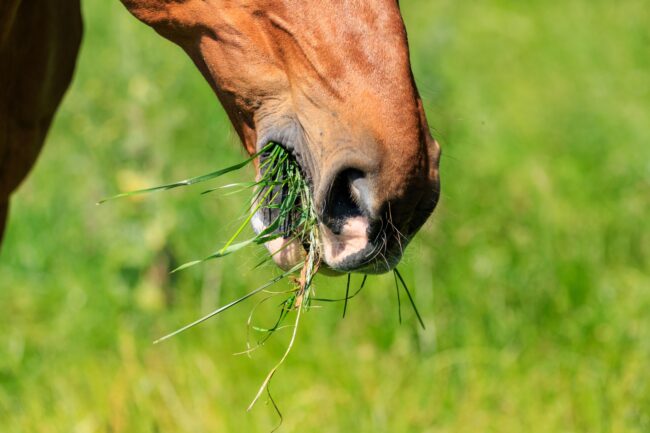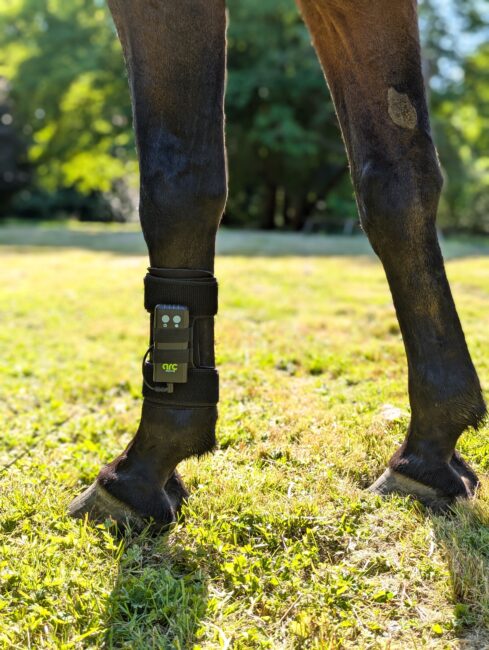
Laminitis is a painful condition that affects a horse’s hooves, potentially causing permanent damage if not promptly managed. It occurs when the sensitive structures inside the hooves, called laminae, become inflamed and weakened, leading to issues such as sinking or rotation of the pedal bone, or even penetration through the sole in extreme cases. Sadly, euthanasia may be the only option in severe instances to prevent further suffering. The primary causes of laminitis include endocrine diseases like Cushings and Equine Metabolic Syndrome (EMS), obesity, excessive carbohydrate intake, and abnormal weight bearing due to orthopaedic conditions.
There are measures we can take to reduce the risk of laminitis:
- Monitor and manage your horse’s weight to prevent obesity.
- Ensure your horse is regularly exercised.
- Limit the amount of sugar in your horse’s diet and reduce treats.
- Be cautious with grazing, especially for overweight horses.
- Avoid turnout on frosty days when grass sugar content is higher.
- Maintain regular farrier appointments.
Key warning signs of laminitis to watch out for are:
- Walking with a shortened or stiffened stride.
- Hesitancy in lifting their feet.
- Reluctance to turn.
- Increased temperature in the hooves.
- Heightened digital pulses.
- Standing with the forelimbs extended forward.

2023 saw a surge in laminitis cases in the UK and horses owners all over the country are approaching this spring and fresh grazing with understandable caution. The ArcEquine device has emerged as a game-changer in the equestrian world. This cutting-edge technology utilises microcurrent therapy to alleviate pain, promote healing, and accelerate tissue repair.
The ArcEquine device, is compact, user-friendly and can be worn by horses throughout the day, even during exercise or turnout (provided the equipment is protected against water damage). It delivers small electrical currents that stimulate the release of endorphins, the body’s natural painkillers, and enhance the production of ATP, a molecule critical for tissue repair. The device has been extensively tested and proven to be safe and effective in supporting horses’ well-being and aiding recovery from various conditions.
Many horse owners who have incorporated the ArcEquine device into their management practices have reported remarkable results in horses affected by laminitis and also in addressing a range of other musculoskeletal issues, including joint inflammation, tendon injuries, and muscle strains.
With the ArcEquine device at their disposal, horse owners can proactively address the challenges posed by fresh spring grass.










